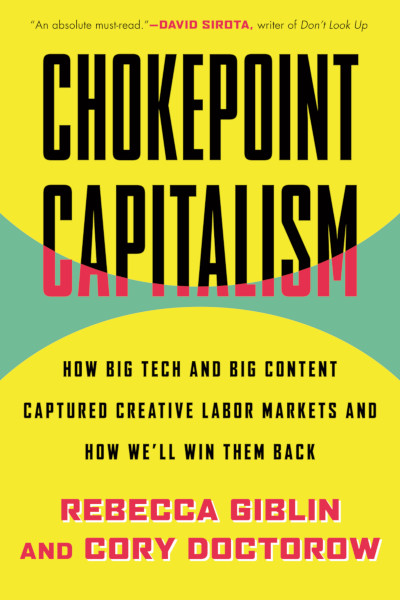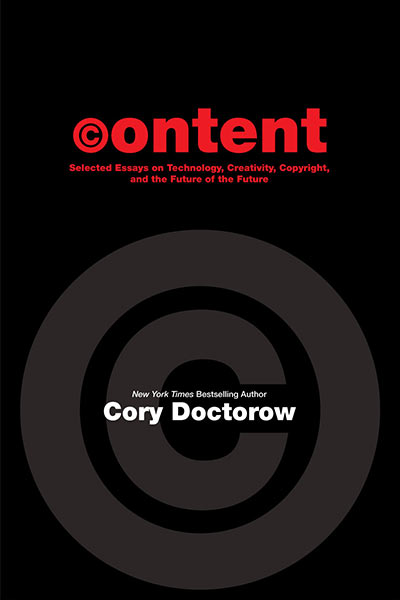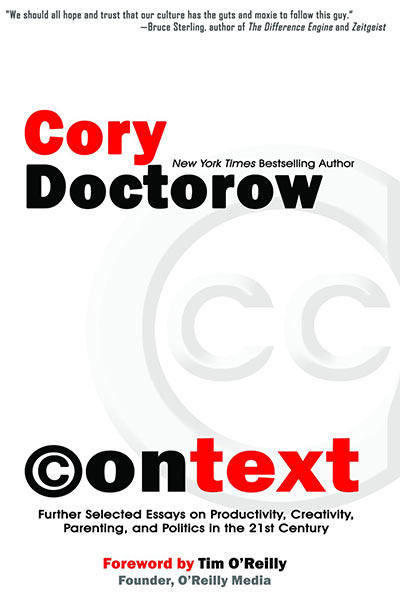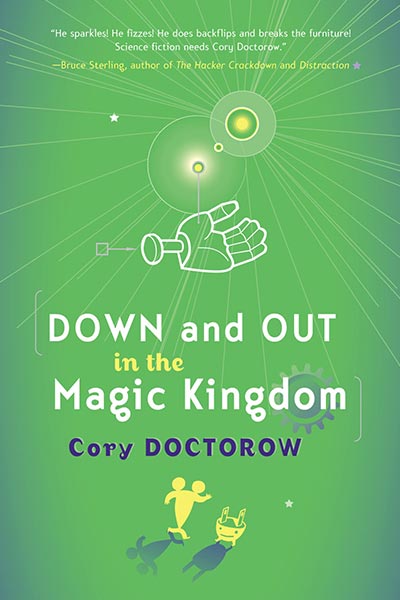
My latest Guardian column, Adapting gadgets to our needs is the secret pivot on which technology turns, explains the hidden economics of stuff, and how different rules can trap you in your own past, or give you a better future.
Depending on your view, the stuff you own is either a boon to business or a tremendous loss of opportunity.
For example, your collection spice bottles in your pantry means that I could possibly sell you a spice rack. On the other hand, it also means that I can’t design a special spice rack that only admits spice bottles of my own patent-protected design, which would thereby ensure that if you wanted to buy spices in the future you’d either have to buy them from me or throw away that very nice spice rack I sold you.
In the tech world, this question is often framed in terms of “ecosystems” (as in the “Google/Chrome/Android ecosystem”) or platforms (as in the “Facebook platform”) but whatever you call it, the discussion turns on a crucial different concept: sunk cost.
That’s the money, time, mental energy and social friction you’ve already sunk into the stuff you own. Your spice rack’s sunk cost includes the money you spend on the rack, the time you spent buying fixings for it and the time you spent afixing it, the emotional toil of getting your family to agree on a spice rack, and the incredible feeling of dread that arises when you contemplate going through the whole operation again.
If you’ve already got a lot of sunk costs, the canny product strategy is to convince you that you can buy something that will help you organise your spices, rip all your CDs and put them on a mobile device, or keep your clothes organised.
But what a vendor really wants is to get you to sink cost into his platform, ecosystem, or what have you. To convince you to buy his wares, in order to increase the likelihood that you’ll go on doing so – because they match the decor, because you already have the adapters, and so on.
Adapting gadgets to our needs is the secret pivot on which technology turns [The Guardian]
(Image: David Joyce, CC-BY-SA: Story, Lumix G1 Adapter Breakdown, Chad Kainz, CC-BY)




























